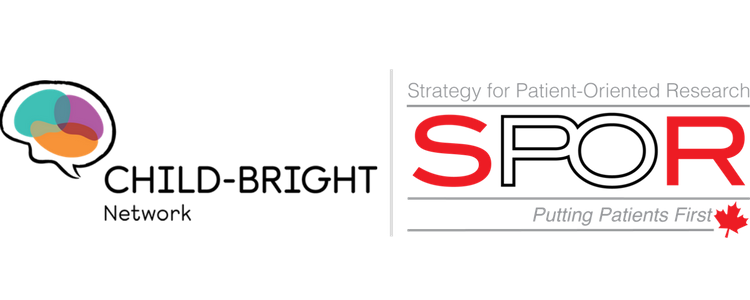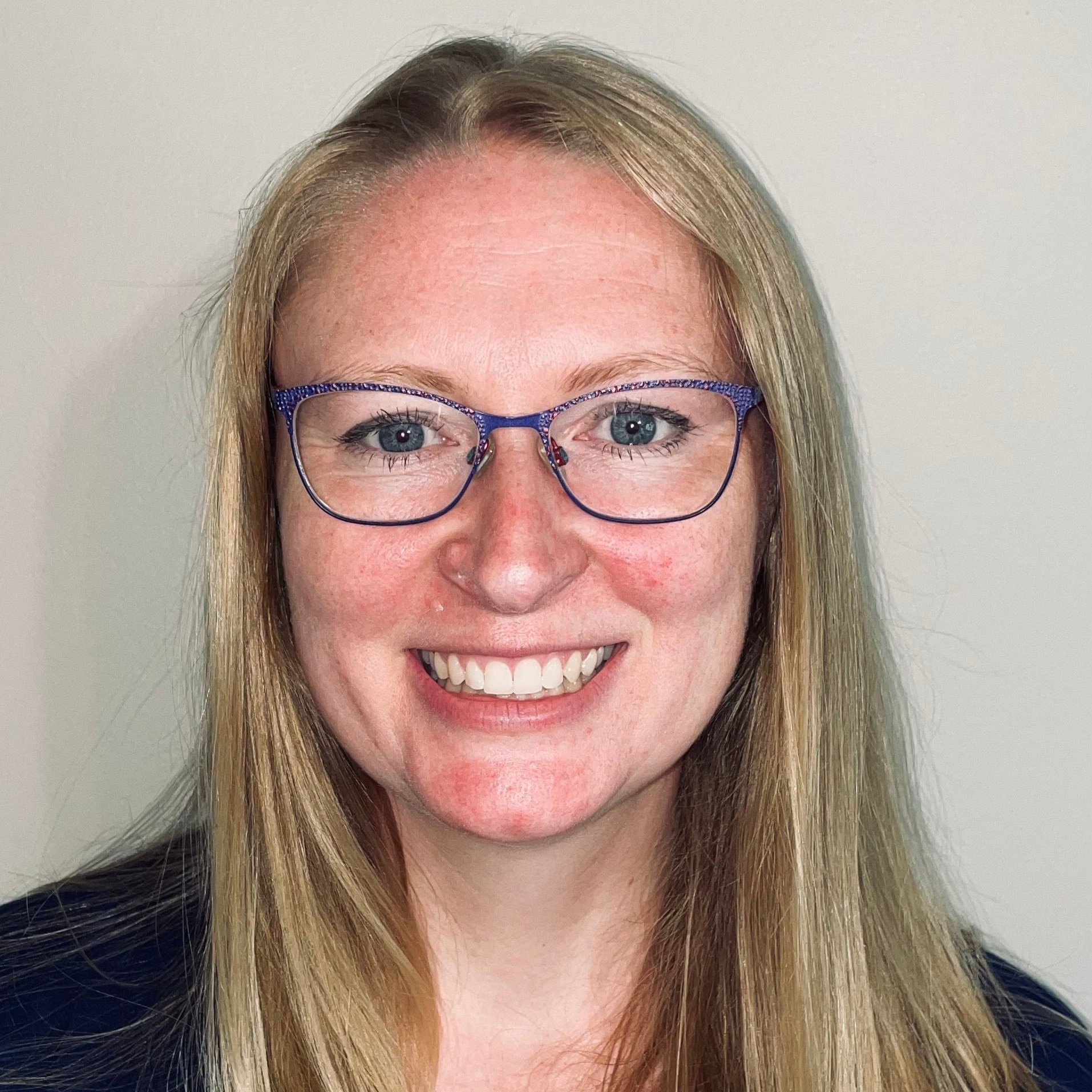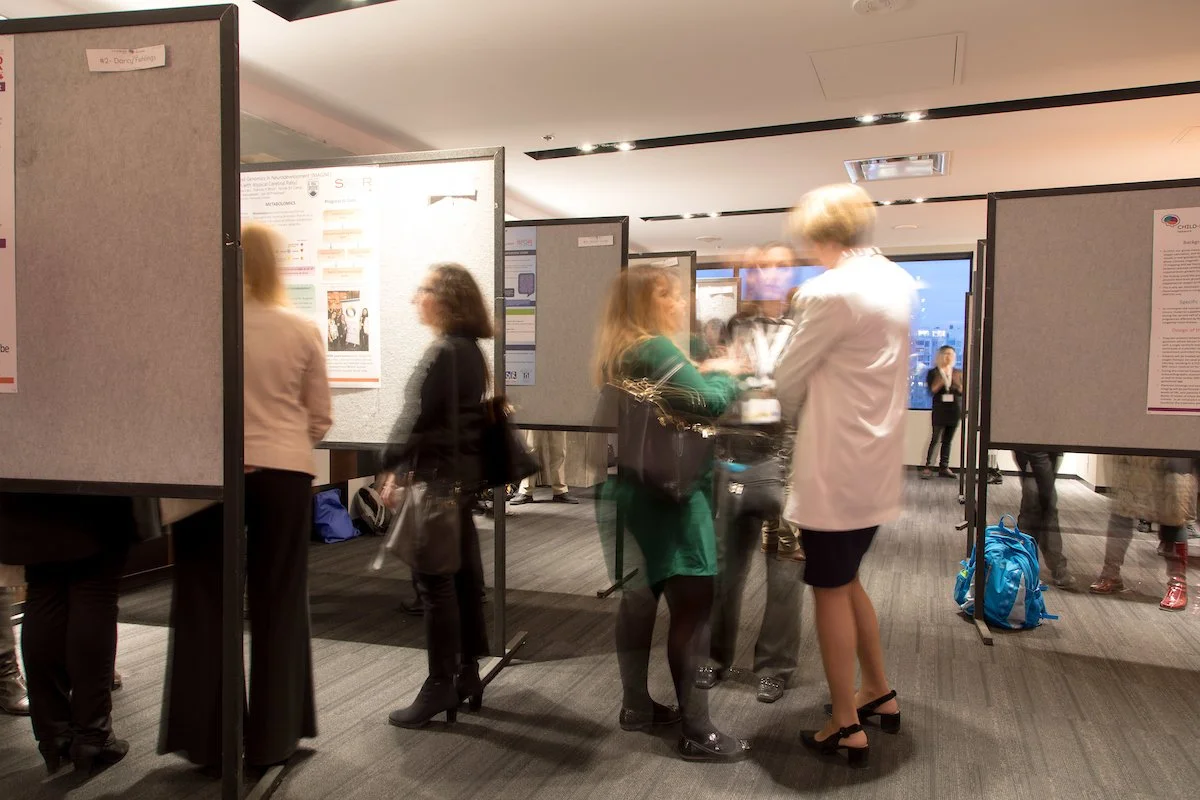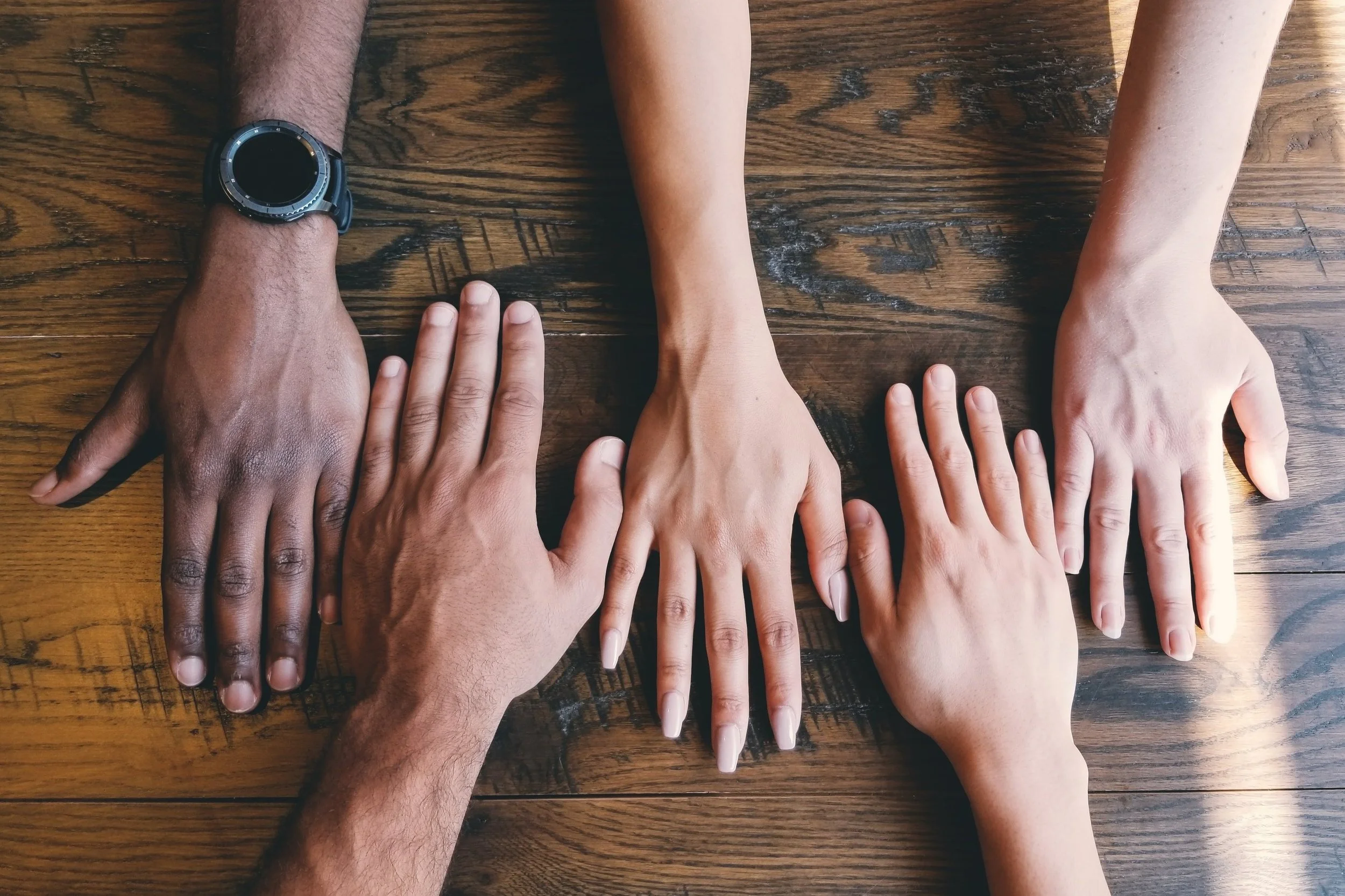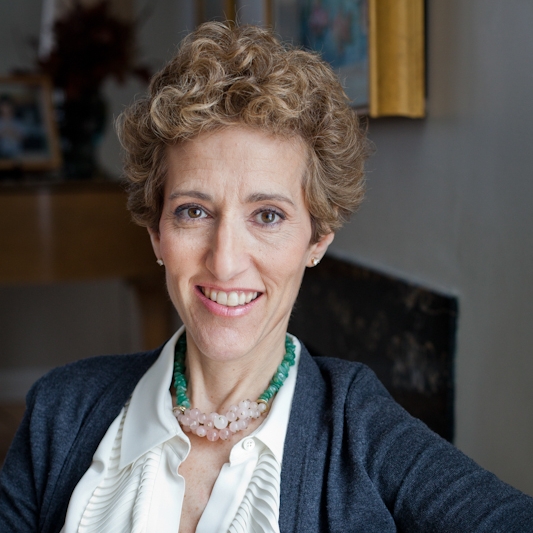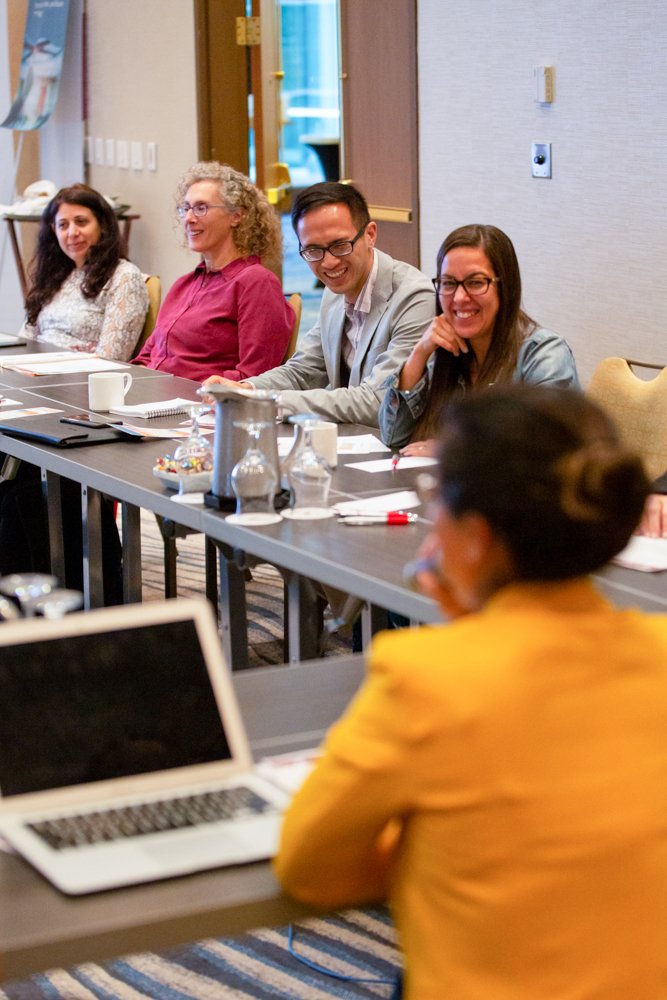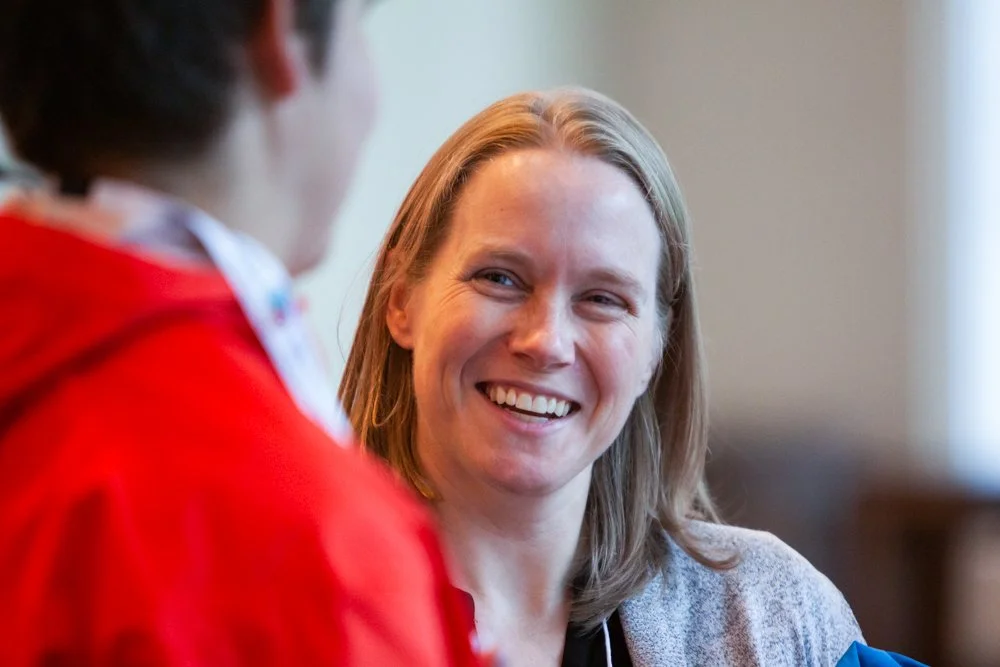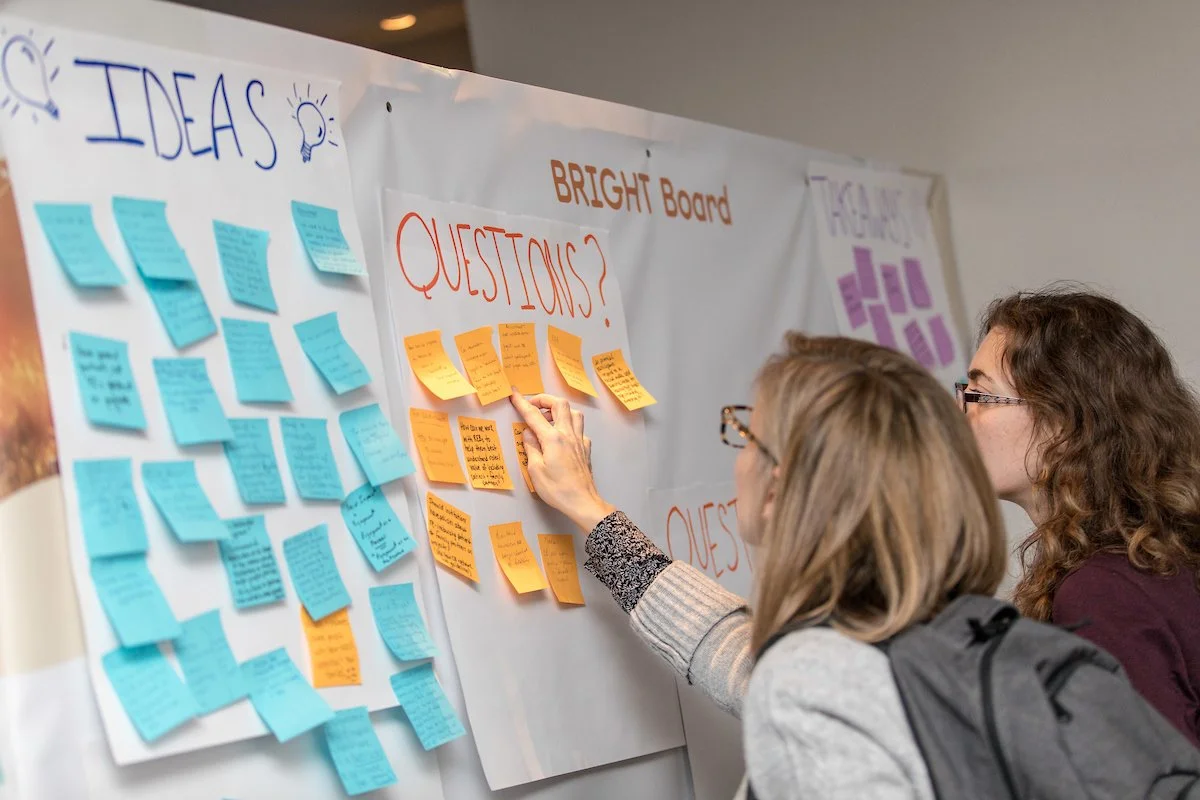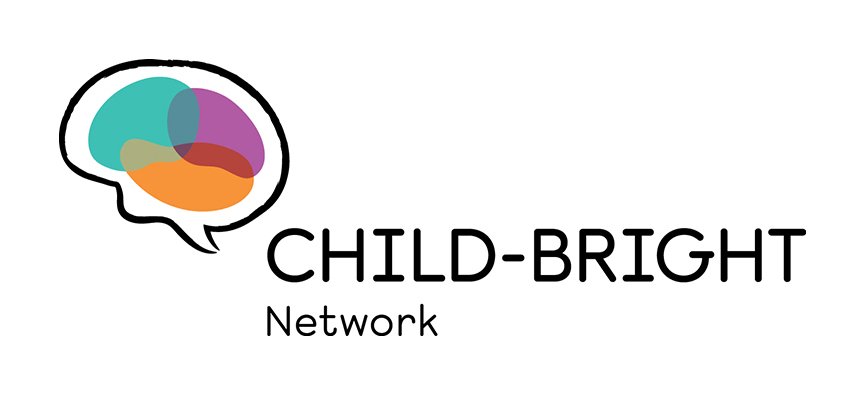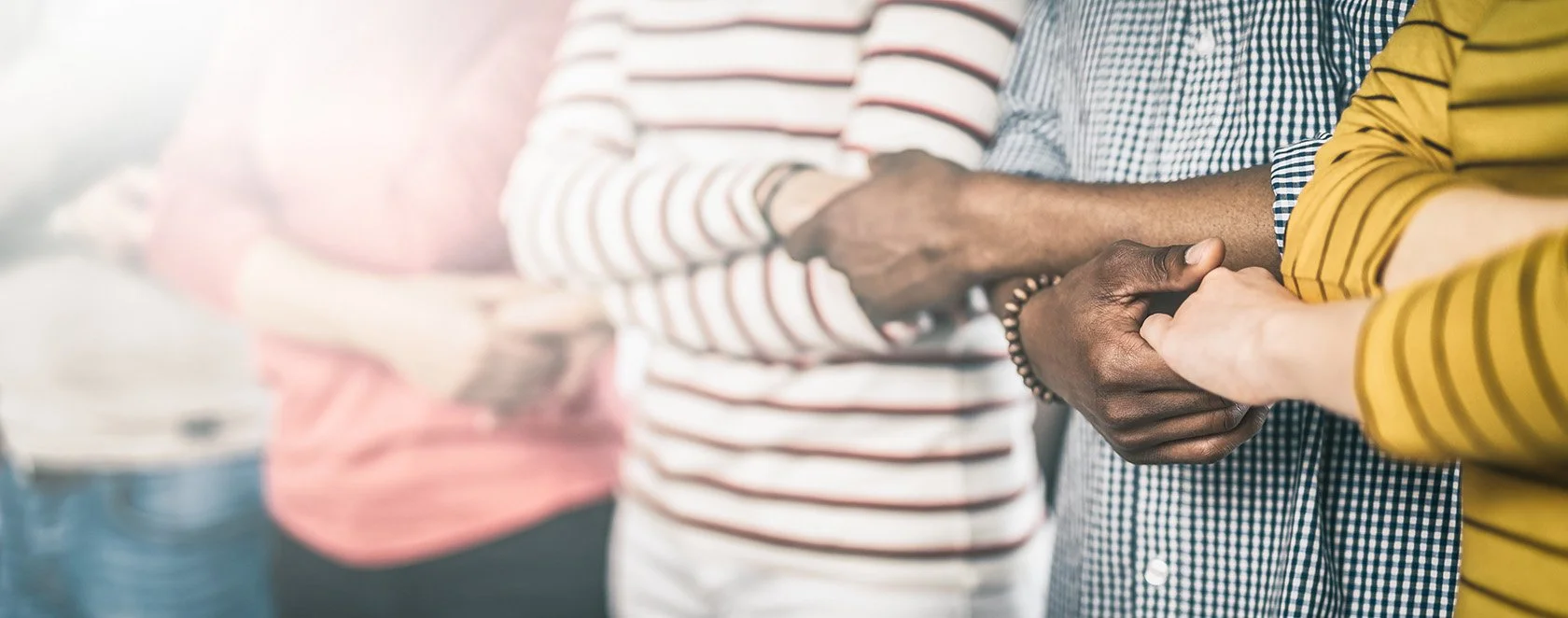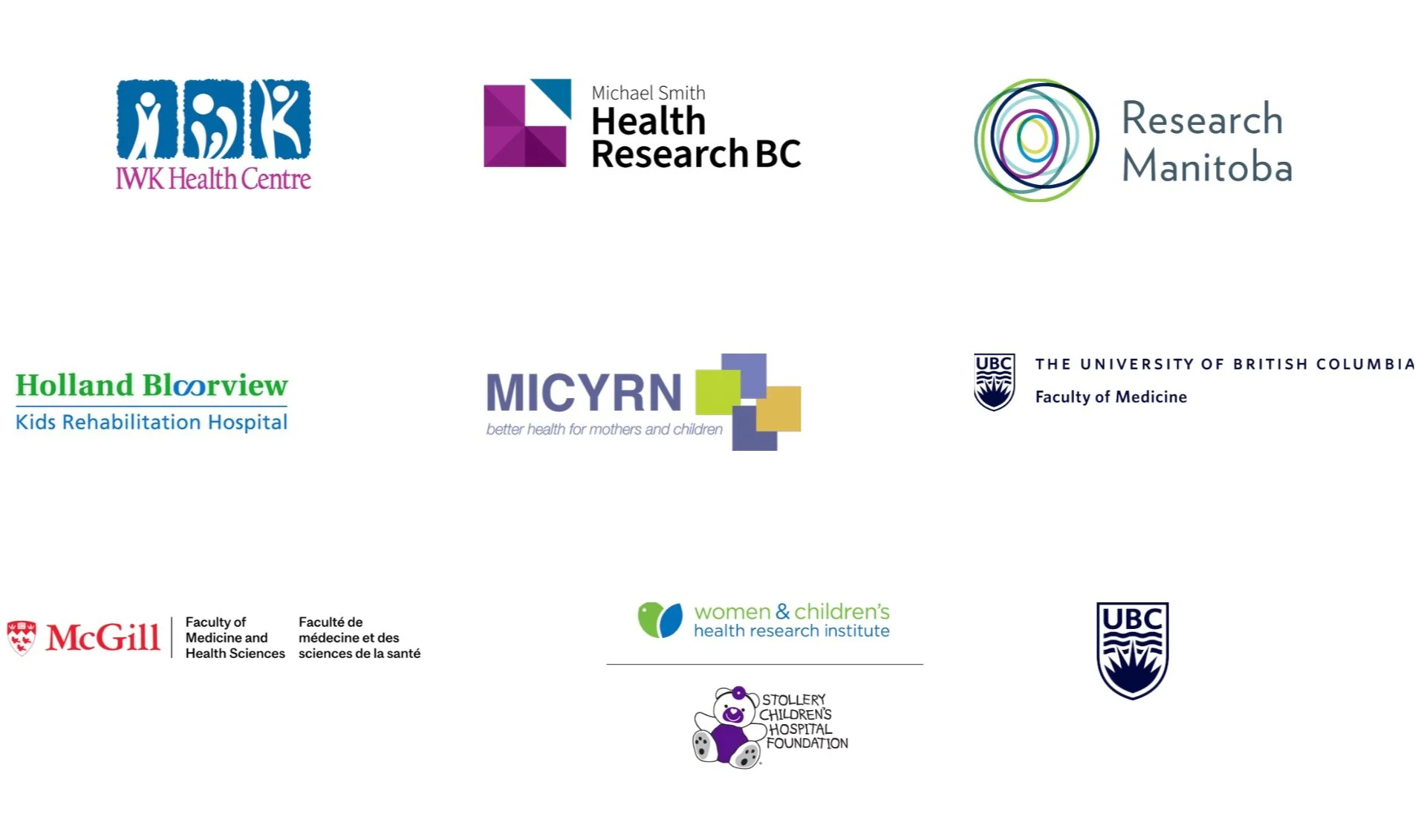As recently announced, the next phase of the CHILD-BRIGHT Network is being made possible thanks to a grant from the Canadian Institutes of Health Research (CIHR) under Canada’s Strategy for Patient-Oriented Research (SPOR), as well as matching funds from our generous partners. This support will allow us to grow from Network to Movement as we realize our mission for 2022-2026: moving our patient-oriented research into action through insight and methods grounded in implementation science and knowledge mobilization that embed the principles of equity, diversity, inclusion, decolonization and Indigenization.
In order to achieve this vision and become a movement for change for children and youth with brain-based developmental disabilities and their families, we have brought together experts from across Canada to lead our five patient-oriented programs.
Our Implementation Science (IS) Research Program team will focus our research to better understand how evidence generated in Phase 1 can be systematically applied in routine practice to improve quality and effectiveness of health services. To do so, Phase 1 Scientific Co-Director and Research Program Lead Steven Miller will be joined by Janet Curran as our IS Research Program Co-Leads in Phase 2.
Steven Miller
CHILD-BRIGHT Scientific Co-Director, Principal Investigator & Implementation Science Research Program Co-Lead
Chief of Pediatric Medicine, BC Children’s Hospital
Head, Department of Pediatrics, University of British Columbia
Janet Curran
CHILD-BRIGHT Implementation Science Research Program Co-Lead
Professor, School of Nursing, Dalhousie University
Research Chair in Quality and Patient Safety, IWK Health Centre
We sat down with Steven and Janet to learn more about the IS Research Program’s plans for Phase 2:
WHAT IS YOUR PROGRAM’S MANDATE?
Janet Curran: In Phase 2, we will study how to bring novel, evidence-based interventions to our health care and community systems. Our ultimate goal is building a knowledge base that will provide guidance on how to adapt, modify, and customize strategies to work more effectively in hospitals, rehabilitation clinics, homes, communities and more.
Bringing evidence-based interventions from a research setting into the real world is a substantial challenge. Implementation science is a field of research that studies how such an intervention will interact with “real-world” settings with the ultimate outcome of understanding what needs to be in place for the intervention to succeed in practice and at scale.
Steven Miller: Our primary goal is conducting implementation science research to promote the uptake of evidence generated from Phase 1 of CHILD-BRIGHT, as well as evidence-based tools that were used in Phase 1, to improve health processes and outcomes for children with brain-based developmental disabilities and their families.
Implementation science is a relatively new field of study; the intersection of implementation science and brain-based developmental disability is even less developed, so there’s a real opportunity for us here to build capacity and move this research forward for and with children and families.
HOW DO YOU PLAN TO ACCOMPLISH THIS? WHAT ARE THE MAIN TOOLS (CONCEPTS, FRAMEWORKS) THAT WILL BE USED TO FURTHER THIS MANDATE?
SM: Building on the work of CHILD-BRIGHT’s research projects in Phase 1, we will conduct 10 implementation science research projects in Phase 2. We will research how to implement new practice guidelines (around the use of constraint-induced movement therapy for kids with hemiplegic cerebral palsy, for example), eHealth technologies (like cognitive-based video game training), and practice roles (such as having a nurse navigator accompany parents in the neonatal intensive care unit).
Additionally, our Prenatal Opioid Exposure and Neonatal Abstinence Syndrome project team will build upon the work they conducted in partnership with 13 First Nations communities in Phase 1 to address the impacts of prenatal opioid exposure on families. In Phase 2, communities will use the data collected in Phase 1 to develop community-specific knowledge mobilization plans. These knowledge mobilization activities will then be evaluated according to local Indigenous systems of health knowledge and values.
Lastly, we are very grateful to be collaborating with the Maternal Infant Child and Youth Research Network (MICYRN) to evaluate the implementation of patient-oriented research (POR). We expect that findings from this work will inform child health research infrastructure needs across Canada.
JC: We will be guided by several principles in Phase 2. First, everything we do will be patient oriented. Second, we will advance health equity for children with brain-based developmental disabilities and their families through IS and knowledge mobilization (KM). Third, our work will be cross-collaborative across programs. All of our research project teams will consult with the KM, Equity, Diversity, Inclusion, Decolonization and Indigenization (EDI-DI), Citizen Engagement (CE), and Training & Capacity Building (T&CB) Programs to co-develop and conduct projects. Fourth, we will use implementation theories and frameworks to inform all stages of the project design.
HOW WILL YOUR PROGRAM MEANINGFULLY ENGAGE PATIENT-PARTNERS?
SM: We are collaborating with the CE Program to ensure that patient-partners are meaningfully engaged on each project in our program. The CE team has compiled tools and best practices from Phase 1 and will make them available as a toolkit for each Phase 2 team as they develop their project. For example, the toolkit provides guidance on how to create clear roles and expectations for both patient-partners and research team members. It also includes tips from patient-partners (youth and adult) and researchers on optimizing engagement based on stakeholder engagement research that CHILD-BRIGHT conducted in Phase 1. We will also work with the CE Program to use our matching tool to match patient-partners to opportunities on a project. We will also work with the EDI-DI Program to ensure that patient-partner opportunities are inclusive and that our projects engage a diverse group of people.
JANET, TELL US MORE ABOUT YOU. WHAT MOTIVATED YOU TO TAKE ON THIS LEADERSHIP ROLE WITH CHILD-BRIGHT?
JC: I’m a Professor in the School of Nursing at Dalhousie University, and Research Chair in Quality and Patient Safety at IWK Health Centre. I am also the IS Lead at the Maritime SPOR SUPPORT Unit, and Dalhousie University site lead at Knowledge Translation Canada. My program of research is focused on co-designing and evaluating best practice and policy change interventions to improve transitions in care for patients and families.
As Steven mentioned above, Canada lacks researchers with expertise in both implementation science and brain-based developmental disability research. I view CHILD-BRIGHT Phase 2 as an opportunity for us to develop that capacity not only for trainees, but also for established researchers and patient-partners.
STEVEN, WHAT LEARNINGS FROM PHASE 1 WILL YOU BE LEVERAGING IN PHASE 2?
SM: In Phase 1, I learned how important it is to authentically engage patient-partners in research and all network activities. As a researcher, I have learned a lot from our patient-partners, and I continue to learn. As we move forward into Phase 2, I look forward to hearing how our patient-partners want CHILD-BRIGHT to approach implementation science research so that we can have practices and policies oriented to the patient.
Phase 1 also taught me how to connect researchers from across the country to mutually learn about the research and health care systems in various provinces and territories. Each region approaches health care differently, and working in a pan-Canadian network affords us the opportunity to learn from each other. My Phase 1 experience highlighted how we are stronger together.
WHY IS IT IMPORTANT TO FOCUS ON IMPLEMENTATION SCIENCE IN PATIENT-ORIENTED RESEARCH NOW?
JC: I think that it’s very important that the fields of IS and POR are intersecting in such a deliberate and overt way through the SPOR’s Phase 2 initiative. Ultimately, any new evidence that is incorporated into practice or policy will impact a variety of groups, such as patients or clinicians. And although such groups have been represented in IS research in the past, conducting an IS research project in a POR framework will make the design and findings even more relevant to stakeholders and applicable to the “real world.” Further, we think that many patient-partners will enjoy conducting IS research and their lived experience will be quite valuable. Working on a randomized controlled trial, such as those conducted in CHILD-BRIGHT Phase 1, can be natural for a researcher but abstract for patient-partners who might be unfamiliar with the intricacies of research. In contrast, IS research is designed to resolve much more practical issues and we expect that many patient-partners will be able to apply their lived experience to Phase 2 projects quite naturally.
WHAT ARE YOU MOST EXCITED TO SEE IN PHASE 2?
JC: I am looking forward to working with new trainees, project team members, and patient-partners to guide their learning of implementation science and the value that it can bring to the population that CHILD-BRIGHT has set out to help.
SM: I am excited to see our community grow and evolve. Looking back, it’s remarkable to reflect on CHILD-BRIGHT’s growth from 2016 to 2022 and we are looking forward to observing new interactions and relationships in Phase 2. Ultimately, we are excited to see how our novel interventions from Phase 1 can eventually be implemented to help children and youth with brain-based developmental disabilities and their families. And, in doing this, build our Canadian capacity for implementation science in this area.
Thank you, Steven and Janet, for this insight into the IS Research Program!
If you are interested in the intersection of IS research and brain-based developmental disability, reach out to Research Program Manager Alan Cooper.
